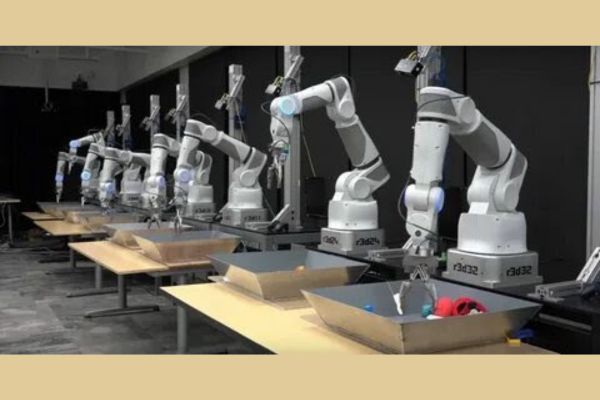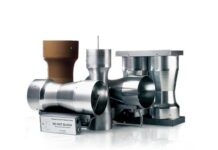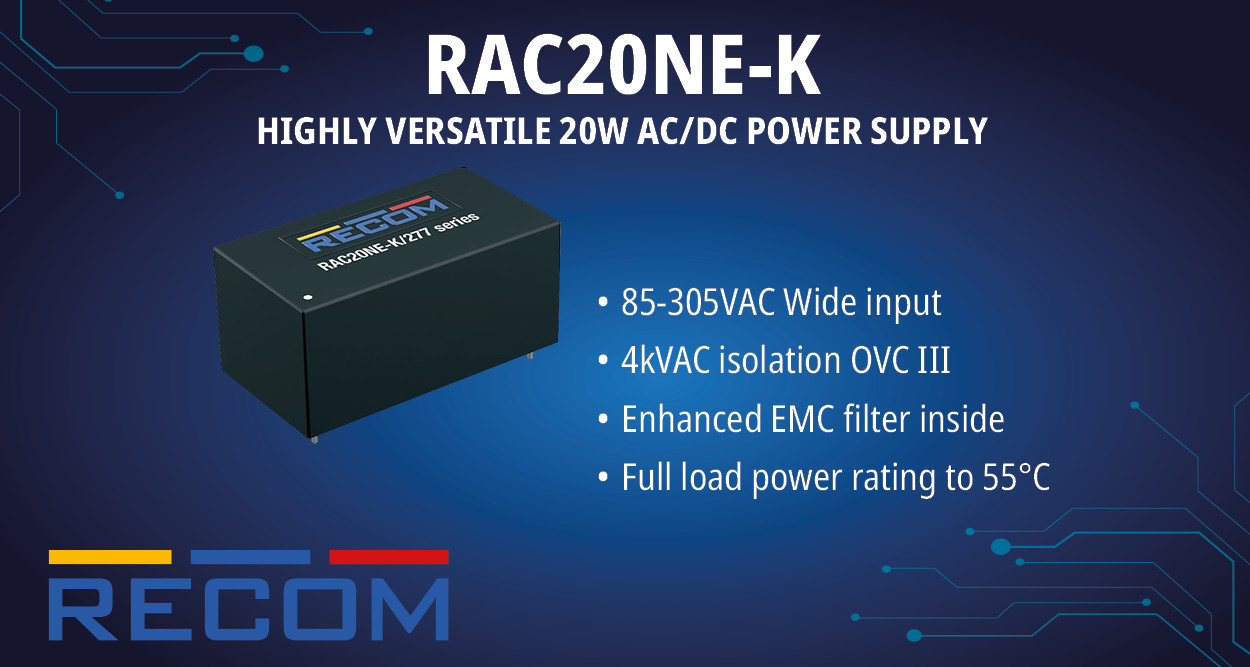As industries continue evolving toward smart automation, articulated robots are becoming a cornerstone of modern manufacturing. These robotic systems, characterized by their multi-jointed arm design, offer high precision, flexibility, and versatility. Their ability to perform complex motions similar to a human arm makes them ideal for diverse industrial tasks, including welding, assembly, packaging, and material handling.
According to Fairfield Market Research, the articulated robot market is poised for significant expansion, driven by advances in automation technology, growing labor challenges, and an increasing demand for operational efficiency. As robotics continues to integrate with emerging digital technologies, the future of articulated robots presents substantial opportunities for manufacturers, investors, and technology developers alike.
Understanding Articulated Robots and Their Industrial Role
Articulated robots are typically equipped with four or more rotary joints, providing a wide range of motion and enabling work in three-dimensional space. This flexibility allows them to carry out tasks with precision in areas that require intricate movement, surpassing the limitations of traditional fixed or linear-motion robots.
These robots are commonly used in automotive assembly, electronics manufacturing, food and beverage production, and logistics. Their significance in modern industry lies in their capacity to enhance speed, reduce errors, and ensure consistency—benefits that are critical in high-volume production environments.
Key Factors Driving Articulated Robot Market Growth
Several macro trends and industrial shifts are driving growth in the articulated robot market.
1. The Rise of Industry 4.0
Industry 4.0 is reshaping the manufacturing landscape, emphasizing automation, real-time data exchange, and interconnected systems. Articulated robots play a central role in this revolution by integrating with digital platforms, sensors, and control systems to optimize workflows and enable predictive maintenance.
2. Addressing Labor Shortages and Cost Pressures
With increasing labor shortages and rising wages across industrialized nations, manufacturers are turning to robots to fill the gap. Articulated robots can operate 24/7 with consistent output, offering a reliable alternative to human labor in repetitive or hazardous tasks.
3. Expanding Use in Automotive and Electronics Sectors
The automotive sector has long relied on articulated robots for functions like welding and component installation. Similarly, the electronics industry depends on these robots for precision assembly, circuit board handling, and soldering. This trend is expected to grow as products become more complex and miniaturized.
4. Declining Robot Costs and Growing Accessibility
The decreasing cost of industrial robots has made automation more accessible, especially for small and medium-sized enterprises. This democratization of robotics is a major factor behind the market’s accelerated adoption rate.
Top Industries Leading the Charge
While articulated robots are finding applications across various sectors, several industries are spearheading their adoption.
- Automotive Industry
Robots in this sector are essential for heavy-duty tasks such as welding, painting, and engine assembly. Their ability to handle repetitive and dangerous tasks with precision helps maintain safety standards and boosts production efficiency.
- Electronics Manufacturing
With the growing need for miniaturization and high-speed assembly, articulated robots are used extensively in electronics for placing delicate components, testing devices, and performing fine assembly work that human hands may find difficult.
- Logistics and Warehousing
Robots are increasingly deployed in logistics centers for tasks like picking, packing, sorting, and stacking. Their speed and precision help streamline supply chains, particularly in e-commerce and retail fulfillment.
- Healthcare and Pharmaceuticals
In pharmaceutical production and laboratory settings, articulated robots perform functions like liquid handling, sterilization, and sample preparation. Their cleanroom compatibility and precision make them vital in environments requiring strict hygiene protocols.
Emerging Technology Trends in Articulated Robotics
The future of articulated robots is closely linked to advancements in emerging technologies.
- AI and Machine Learning Integration
Next-generation robots are incorporating artificial intelligence to enhance decision-making, adapt to changing environments, and improve performance over time. Machine learning enables robots to recognize patterns, learn from experience, and autonomously refine their movements.
- Collaborative Robotics (Cobots)
A significant trend is the rise of cobots—robots designed to work safely alongside humans. These articulated robots come equipped with advanced sensors and force-limiting capabilities, making them ideal for shared workspaces without the need for extensive safety barriers.
- Cloud and Edge Computing
Cloud-based systems allow centralized monitoring and remote updates, while edge computing enables real-time processing directly on the robot. This combination improves responsiveness, reduces downtime, and enhances operational control.
- Energy Efficiency and Sustainability
Manufacturers are developing lightweight, low-power robots to reduce energy consumption. These sustainable solutions not only lower operational costs but also support global efforts to reduce industrial carbon footprints.
Regional Insights: Where the Growth is Happening
- Asia-Pacific Dominance
Countries like China, Japan, and South Korea are leading the adoption of articulated robots, driven by large-scale industrialization, government support, and export-oriented manufacturing models.
- Europe’s Advanced Automation Push
Germany, France, and Italy are investing in smart manufacturing to maintain their competitive edge in automotive and aerospace sectors. European industries are also driving the demand for collaborative robots and sustainability-focused automation.
- North American Innovation
The United States and Canada are emphasizing reshoring and advanced manufacturing, with many companies investing in robotics to enhance domestic production capabilities and reduce reliance on global supply chains.
Investment Opportunities in the Articulated Robot Space
As the technology matures and use cases expand, the articulated robot market offers lucrative investment opportunities in several areas:
• Manufacturers of robotic arms and components such as sensors and controllers
• Software firms developing AI-powered robot operating systems
• Integrators that customize robotic solutions for industrial clients
• Startups creating modular and mobile robotic platforms for SMEs
Fairfield Market Research highlights that investments in collaborative robotic systems, especially those geared toward healthcare, logistics, and food industries, are gaining traction. This opens the door for long-term returns, particularly in emerging markets.
Overcoming Market Challenges
While the outlook is promising, some challenges remain:
• High initial costs for setup and customization
• Difficulty integrating with legacy systems
• Lack of skilled personnel for maintenance and programming
• Cybersecurity risks in connected robotic systems
Addressing these issues through workforce training, modular system design, and robust cybersecurity frameworks will be essential for sustainable market growth.
What Lies Ahead
The journey of articulated robots is far from over. As technology continues to evolve, these robotic systems are becoming smarter, more adaptable, and more collaborative. From the factory floor to healthcare labs, articulated robots are playing a transformative role across industries.
For manufacturers seeking efficiency, for industries aiming to scale, and for investors hunting the next tech-driven growth wave, the articulated robot market offers a compelling opportunity. With valuable insights from experts like Fairfield Market Research, stakeholders can confidently navigate this fast-moving sector and harness the full potential of robotic innovation.

















